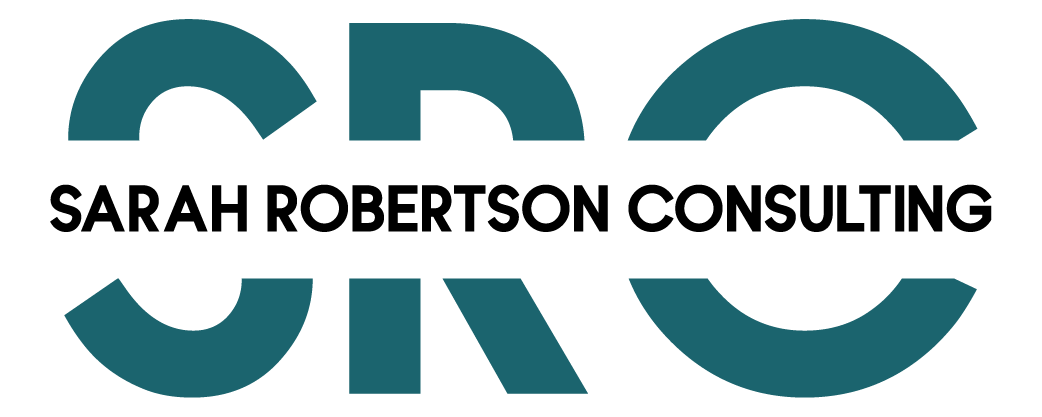If you haven’t read the book “The 5 Dysfunctions of a Team” I recommend it. It’s a high performance diagnostic tool that can be applied to any team: figure out which level your team struggles with on the pyramid and take actions accordingly. Always start at the lowest level where you identify problems, and if in doubt, start at the bottom and work up.
As described in the book here are the building blocks for achieving high performance, applicable to any leadership team.
Level 1: Trust For a team to embark on the journey to high performance, trust is crucial. This is not the trust in someone completing tasks on time or to a high standard. It’s a vulnerability-based trust where team members feel they can show up as themselves, flaws and all, and still be accepted. Explore more about creating this trust in teams here and here
As a team leader: Facilitate trust among your team by providing ways to understand each other better. Utilise psychometric profiling tools and simple methods to grasp backgrounds, challenges, and situations. I have written more about how to do this here
Level 2: Constructive Conflict Leads to Commitment Only with high levels of trust can a team engage in constructive conflict. Conflict should fall somewhere between artificial harmony and destructive personal attacks. Teams often struggle to reach this point because it feels unsafe, highlighting the need for the trust established at Level 1. Find out more about creating the right level of conflict here.
As a team leader: Encourage constructive conflict when it arises. Challenge the inclination to “take this offline” and address issues openly in a team environment.
Level 3: Everyone is Committed to the One Shared Priority Goal After constructive debate, team members can achieve 100% commitment to a decision, even if there’s not 100% agreement.
As a team leader: Ensure major decisions conclude with clear agreements on communication and actions. Allocate the last 5 minutes of team meetings for this purpose.
Level 4: Peers Hold Each Other Accountable to the One Shared Priority Goal Teams can hold each other accountable when commitments are followed through with urgency and enthusiasm. Peer-to-peer accountability is uncommon but crucial, requiring leaders to model accountability.
As a team leader: Model peer-to-peer accountability within the team environment. Avoid private accountability conversations and encourage openness.
Level 5: The Team is Focused on the Priority Collective Result At the core of teamwork is the need for collective results. A high-performing team focuses on achieving the shared priority result, not individual goals. This may require team members to stretch beyond their areas of expertise.
As a team leader: Clarify the collective top priority result for the team. Design a reward and recognition system that supports collective achievements. Emphasise that these results are collective, impacting the entire team.
Considering how effective these steps are, it’s surprising how few teams actually do this. So why don’t all teams do all this? There are 3 main reasons:
- Uncomfortable: Holding peers accountable is challenging without trust and constructive conflict.
- Time Consuming: Decision-making and discussions on unfamiliar topics that are not the “day job” may seem time-consuming.
- Not Rewarded: Many leadership teams still prioritise individual bonuses over team structures.
If your team can get past the 3 reasons for not being a high performing team, and start to take actions as a team to move up a level then you will be on your way to high performance.
For help with leadership development and creating high performing teams contact me at Sarah Robertson Consulting or book a discovery call

